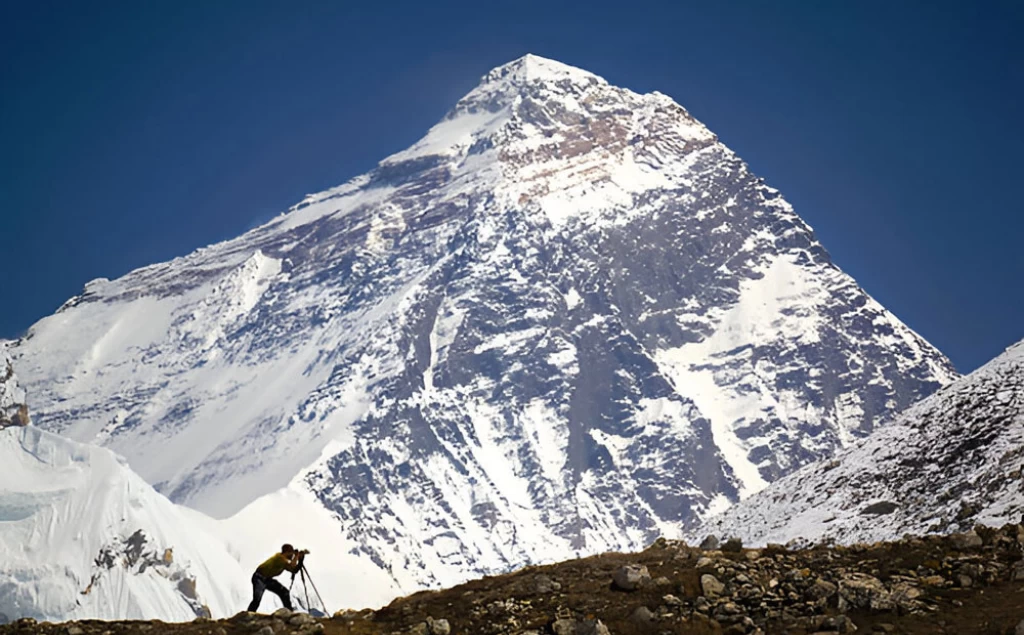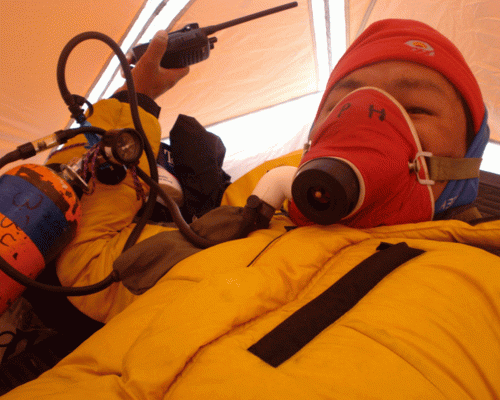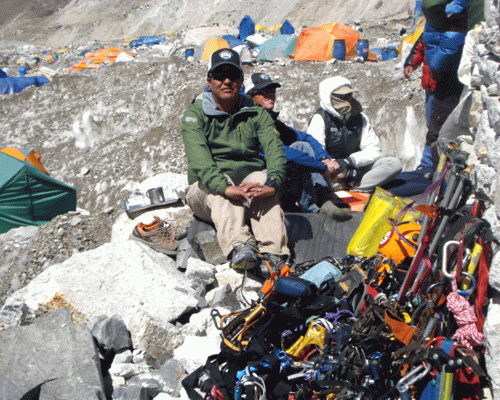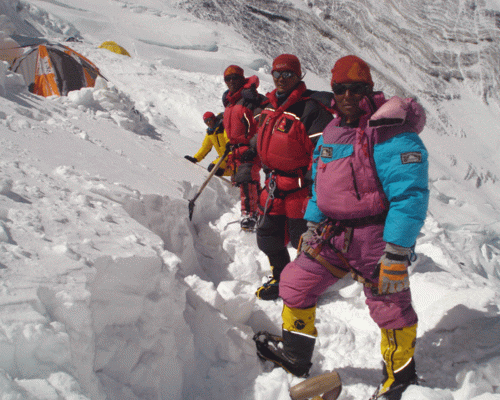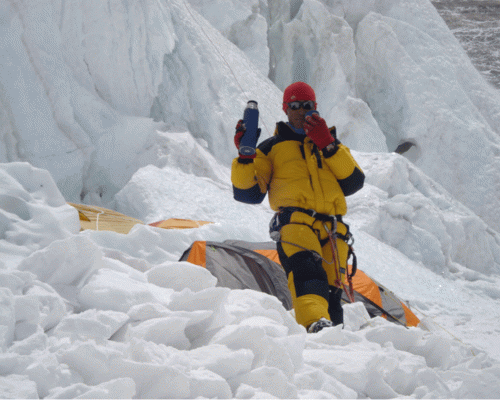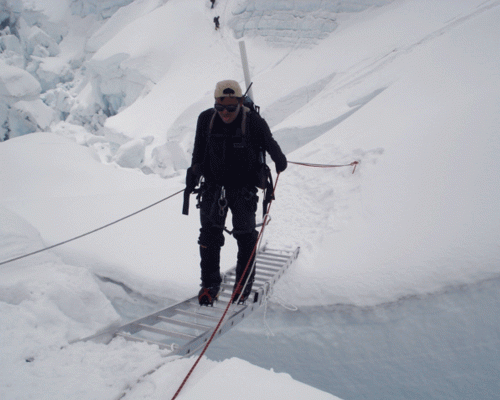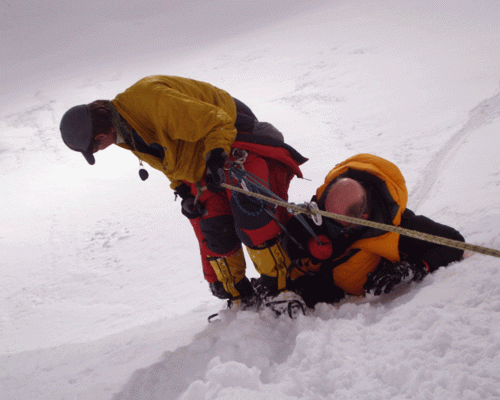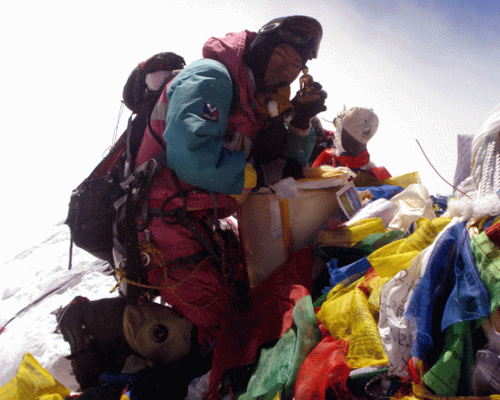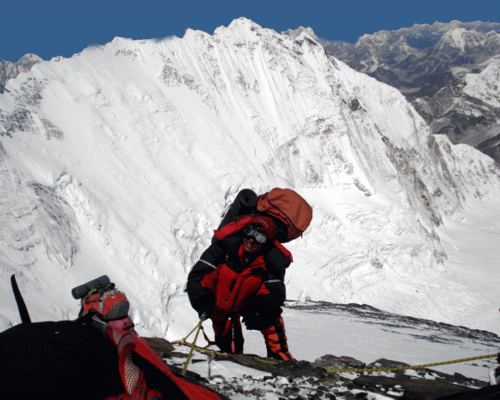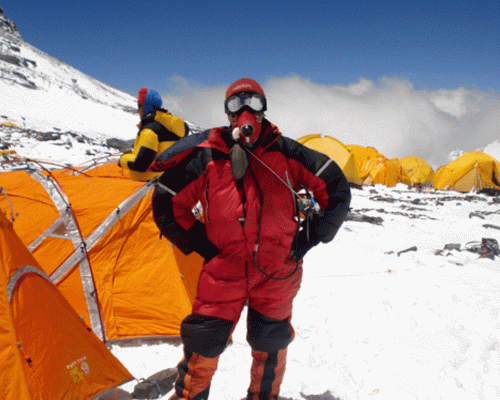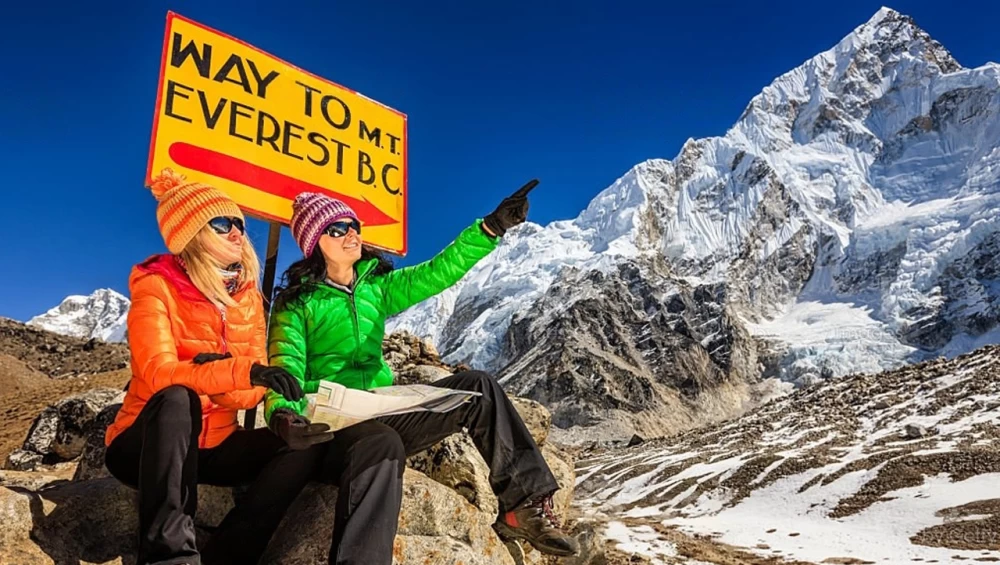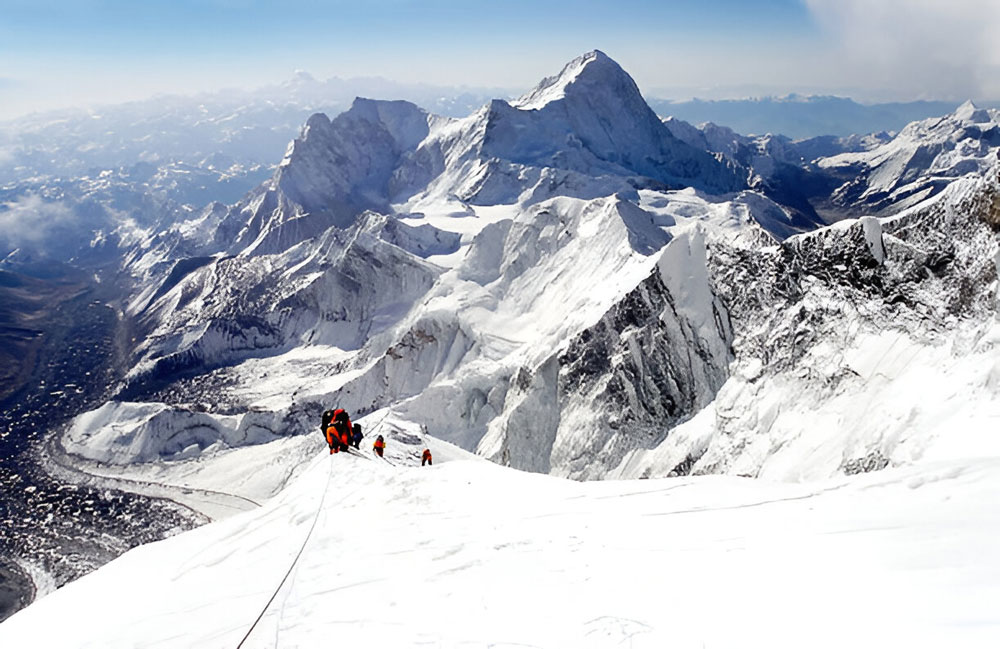
Nepal is a country that contains over 1310 snow-capped peaks and there are 8 out of 14 peaks above 8000m. And, being said that Nepal is a country of mountains every year thousands of tourists visit Nepal for trekking around the mountains and some want to summit peaks. Mountaineering in Nepal has become prime activity, you can choose Mountains to summit based on your experience and physical ability. Summiting Mt. Everest is one of the hardest of all and every adventurer wants to reach the top of the world’s highest mountain which stands 8848m from sea level. Once you can stand at top of the world’s highest peak then it’s probably the greatest pride for every adventurer.
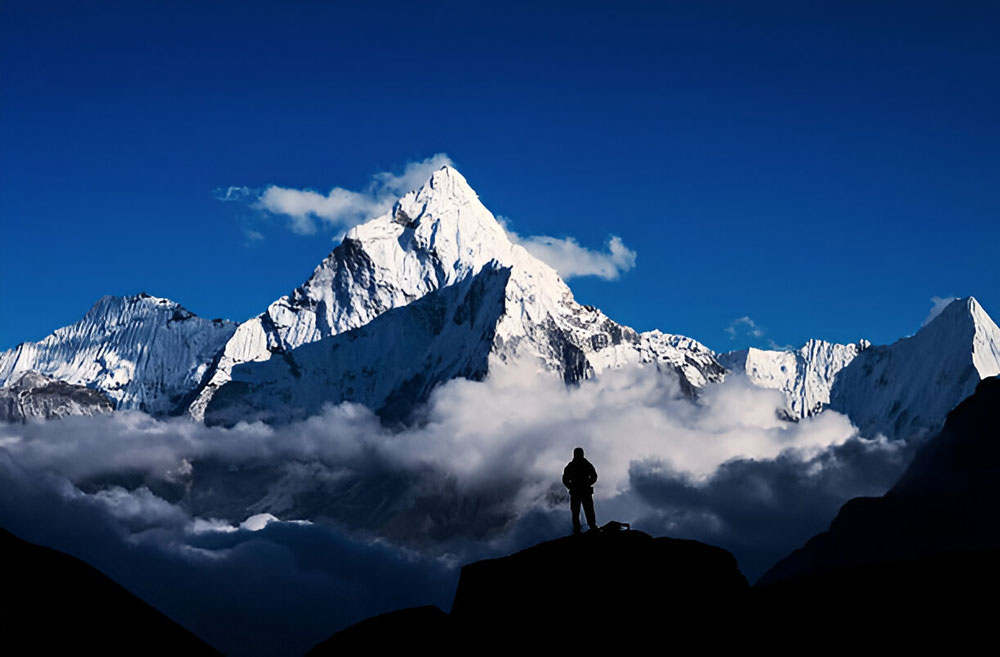
Everest Expedition is considered one of the most difficult and greatest physical and mental challenges for every traveler and adventurer. Not everyone who attempts the Everest expedition is able to summit, only those with a brave heart and great guidance have been able to summit. We, here at Himalayan Scenery Treks and Expedition will help you with a matter of guidance and planning you just need a brave heart for summiting the Everest and creating your own legends.
Himalayan Scenery Treks and Expedition offers you the most adventurous service filtering and managing effective time so that you can get every inch of fun and adventure while traveling with us. We as well have managed the expedition package to Everest. The Everest expedition is the most dangerous and difficult adventure on the earth. If you are not equipped with proper gear then you will face greater consequences. So, while summiting Everest you must not make even one slightest mistake. If you are traveling with Himalayan Scenery then we will first provide you with high-quality equipment and ensure your safety more than anything.
Everest was first summitted by Tensing Norgay Sherpa and Edmund Hillary via south col. The expedition we organize to Everest retraces the path followed by these legends. You can create your own story once you are able to stand at the top of Everest. Everest can be climbed from both the north as well as south side. Most of the trekkers prefer summiting Everest from the south col as the north col from the Tibet border was closed to a foreigner after the cultural revolution in China in the 1950s.
 To summit the world’s highest peak, you require mountaineering experience of climbing expedition at least 6000 meters along with experience of scaling difficult alpine mountain peaks. It would be easier for you if you also have some climbing experience on peaks above 7000 meters in the Himalayas. While climbing to the Everest we will be using the fixed rope but you need to acquire the skill to ascend and descend fixed-line independent of those fixed ropes which will increase the efficiency of the whole expedition. Most of all you need to be more active and decisive so that you can take quick action while in need.
To summit the world’s highest peak, you require mountaineering experience of climbing expedition at least 6000 meters along with experience of scaling difficult alpine mountain peaks. It would be easier for you if you also have some climbing experience on peaks above 7000 meters in the Himalayas. While climbing to the Everest we will be using the fixed rope but you need to acquire the skill to ascend and descend fixed-line independent of those fixed ropes which will increase the efficiency of the whole expedition. Most of all you need to be more active and decisive so that you can take quick action while in need.
From the base camp, we need to cross-ice block, crevasses, and Seracs. We need to climb larger chunks of ice using fixed ropes and aluminum ladders. The way to camp 1st is just a test for your experience, once you are at Camp 1st elevated at the 6400m real challenge of the expedition starts with dry air everywhere. Using oxygen will be key to summiting Everest.
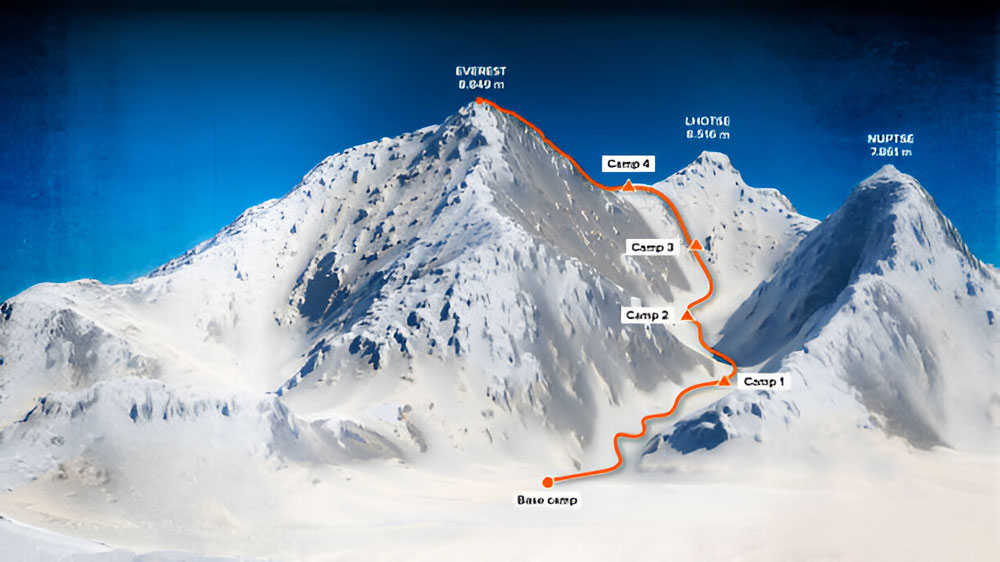
Camp 1: 20000ft. (6,400m):
Camp 1 is situated between mountain walls and endless snow-deep crevasses. The air around here is a bit warmer and dry as the sun is reflected around this place. The tents are built above the crevasses that's why you will li0sten to some cracking sounds while sleeping inside these tents. In the morning we will be walking on these crevasses to reach the second camp.
Camp 2: 21000ft. (6,750m):
Camp 2, elevated at the height of 6,750 meters and located at the foot of the icy mount Lhotse wall from where we must go on ahead for summiting the Everest. The weather around camp 2 is good but at times wind brings clouds rolling from the lower Himalayan Range to the place where camp 2 is located. Other than that wind here is violent enough to destroy our tents. To reach Camp 3, we need to do some climbing through edged rocks and sloppier snow.
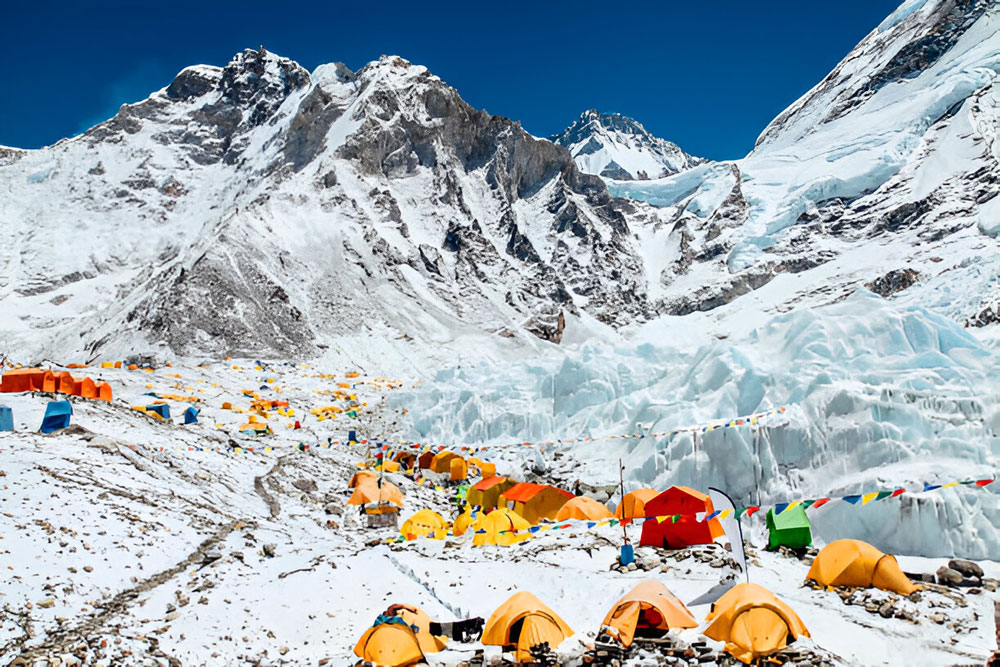
Camp 3: 22300ft. (7,100m):
Camp 3, is elevated at a height of 22300ft and adjoining the wall of Mount Lhotse. To reach camp 4 from this camp we need to climb the 4000ft wall of Lhotse using a fixed rope. But before we climb to camp 4 we need to adjust to the environment around this level of altitude with prior acclimatization. Some climbers should not hesitate to use oxygen if they are feeling uneasy to breathe. From here we should ascend steeply through lose, down-sloping, and rotten limestone. Before we reach flats of the south col we need to cross certain snowfield, while the routes ahead up the Geneva Spur to the east.
Camp 4: 26000ft. (8,400m):
Camp 4 is also the final camp for the Everest expedition which is elevated at an altitude of 26,000ft. from here you just need to climb 500m to summit the world’s highest peak. The weather around here is most tough and dangerous as the winds are ferocious and violent. Making the climb more difficult, if you want the best route to the summit then pass via the narrow south- East ridge which precedes to south summit elevated at 28710 ft. from here you can easily achieve and reach the world’s highest peak elevated at 29028 feet. This same route was used by Tensing Norgay Sherpa and Sir Edmond Hillary while summiting Everest in 1953.
